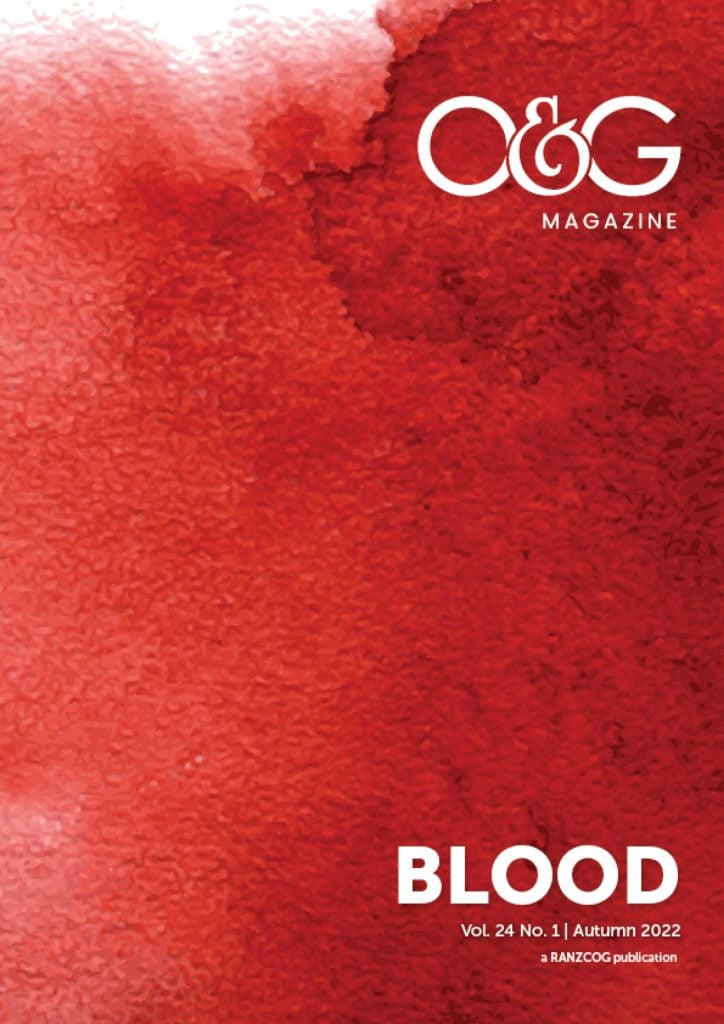Whakapapa is not just about past ancestors and blood relatives, it is also a person presently, and their future. Whakapapa literally means ‘to make layers’ but is translated as genealogy. Whakapapa explains the many layers of a person, their tinana (body), wairua (spirit), consciousness (hinengaro) and whānau.
History of the physical whakapapa
Predominantly, Māori narratives point to the creation of Hineahuone as the origin of the human body. Hineahuone was formed from clay by Tāne.1 Hineahuone derives from the words ‘Hine’ (woman), ‘ahu’ (to originate) and ‘one’ (clay).2 Hineahuone therefore means ‘woman originating from the soil’. Tāne blew his mauri (life force), into the mouth and nose of Hineahuone, this mauri gave life to her organs and initiated the beating of her heart.3 Often at the end of Karakia (prayer, ritual) you will hear ‘Tīhei Mauri Ora’ (the sneeze/breath of life).
The sacrality of the body, especially a woman’s body, is due to its ability to bring new life into the world. In times of a higher risk of injury, the level of tapu (sacred, restricted) would increase to keep that person safe. For instance, at the time of sickness, a woman’s menstruation, pregnancy, and death. Different times of life can bring different levels of tapu, this same idea is evident with different parts of the body. This also relates to the removal of body parts, and the importance of checking whether patients would like to receive these back, or what they are comfortable with in regard to disposal.
The placenta after birth is a common example of the importance of returning body parts. The te reo Māori word for placenta is whenua. This also translates to land. As all life is born from Papatūānuku (Earth Mother), the whenua is often returned to Papatūānuku by the whanau and buried in a significant place as a reciprocal relationship of the new-born pēpi (baby), and the whenua in which they come from. This is again a very important conversation to have with whānau in regard to their personal wishes regarding placenta and other body parts. Whānau may also have wishes regarding their body parts or fluids not leaving the whenua (land, Aotearoa New Zealand) for testing. For example, the NIPT testing. Communicating the consent process and testing process with whānau is important at every step.
Te Awa Atua is the study of menstruation in pre-colonial Māori society, available for those who may be interested. This book examines stories about menstruation located in iwi histories, oral literatures, ceremonies, and rites. The author, Ngāhuia Murphy, suggests menstruation as a medium of whakapapa (genealogy) that connected Māori women to atua (gods).4
Tapu cannot be discussed without the connection to noa (unrestricted). Tapu and noa are often seen as the opposite of one another; however, these are more concepts that are complimentary of each other. Whakanoa (remove tapu) is needed when something is out of balance, or to tapu for it to be safely handled. Therefore, whakanoa acts to restore the tapu/noa harmony.5 Certain elements can be used in the action of whakanoa, including water, food, karakia. Such processes of whakanoa can be seen where water is left at the exits of urupā (cemetery) to ‘neutralise’ a person from the tapu of death upon exiting.6 Tapu, noa and whakanoa have important roles within Māori thought processes and often guide action and behaviours.
Whakanoa is also very important in clearing environments of tapu. Many hospitals and care facilities will use the process of whakanoa to clear an environment after someone has died as this is a very meaningful practice for some whanau. This process can be done by almost anyone, however it is important to involve whanau in decision making on who and how to complete whakanoa. Most hospitals in Aotearoa New Zealand will have a team or person you can contact to learn more about this process, and who can support whanau during this, and other, te Ao Māori tikanga (custom).
Whakapapa and whānau
One of the foundations of whānau is whakapapa, which has great importance in te Ao Māori. Whakapapa places people ‘in the whole context of relationships and therefore how we relate to each other and how we should work with each other, argue with each other, live with each other’.7
Whakapapa allows relationships to be established and maintained. This can be done with close or distant whanaunga (relatives), as well as physical places of significance to hapū, whanau, and iwi, for example mountains, rivers, and oceans.
Meihana model and whānau in clinical settings
The Meihana Model is a clinical assessment tool that can be utilised by medical practitioners. The Meihana Model places whānau at the heart of the assessment and intervention processes. The patient is not an individual but a part of a collective. The model discusses the importance of engaging with the wider family as parts of the assessment and treatment processes. Whānau should also be involved in time to identify what level of integration of cultural input they want in their care.
RANZCOG are fortunate enough to work alongside MIHI (Māori/Indigenous Health Institute) of the University of Otago, who offer all RANZCOG trainees and Fellows a cultural competence course. This course discusses the Meihana Model in depth and connects the use of the model in clinical O&G settings.
Sign up information can be found here.
References
- Keane B. Traditional Māori religion – ngā karakia a te Māori – Ngā atua – the gods. Te Ara – the Encyclopaedia of New Zealand. Available from: www.TeAra.govt.nz/en/traditional-maori-religion-nga-karakia-a-te-maori/page-1
- Te Ahukaramū Charles Royal. Papatūānuku – the land – Papatūānuku – the earth mother. Te Ara – the Encyclopaedia of New Zealand. Available from: www.TeAra.govt.nz/en/artwork/11431/hineahuone-and-tane
- Rāwiri Taonui. Ranginui – the sky – Ranginui as knowledge and life. Te Ara – the Encyclopaedia of New Zealand. Available from: www.TeAra.govt.nz/en/artwork/5173/tane-breathes-life-into-hineahuone
- Murphy N. Te Awa Atua, Te Awa Tapu, Te Awa Wahine: An examination of stories, ceremonies and practices regarding menstruation in the pre-colonial Māori world. (Thesis, Master of Arts (MA)). University of Waikato, Hamilton, New Zealand. 2011. Available from: https://hdl.handle.net/10289/5532
- Barlow C. Tikanga whakaaro – Key concepts in Māori culture. Auckland: Oxford University Press. 1991. Cited in: Courtney Sullivan (2017). Hauiti Hakopa, Internship report, University of Otago, Te Koronga. Available from: www.maramatanga.co.nz/sites/default/files/project-reports/Sullivan%2C%20Courtney%20-%2017INT02%20-%202017%20-%20PDF%20Report.pdf
- Sullivan CLT. Te okiokinga mutungakore – The eternal rest: Investigating Māori attitudes towards death. MA Thesis. University of Otago. 2012. Cited in: Courtney Sullivan (2017). Hauiti Hakopa, Internship report, University of Otago, Te Koronga. Available from: www.maramatanga.co.nz/sites/default/files/project-reports/Sullivan%2C%20Courtney%20-%2017INT02%20-%202017%20-%20PDF%20Report.pdf
- Quoted in Joan Metge, New growth from old. Wellington: Victoria University Press, 1995. Cited in: Tai Walker. Whānau – Māori and family – Whānau, whakapapa and tribal structure. Te Ara – the Encyclopaedia of New Zealand. Available from: www.TeAra.govt.nz/en/whanau-maori-and-family/page-4







Leave a Reply